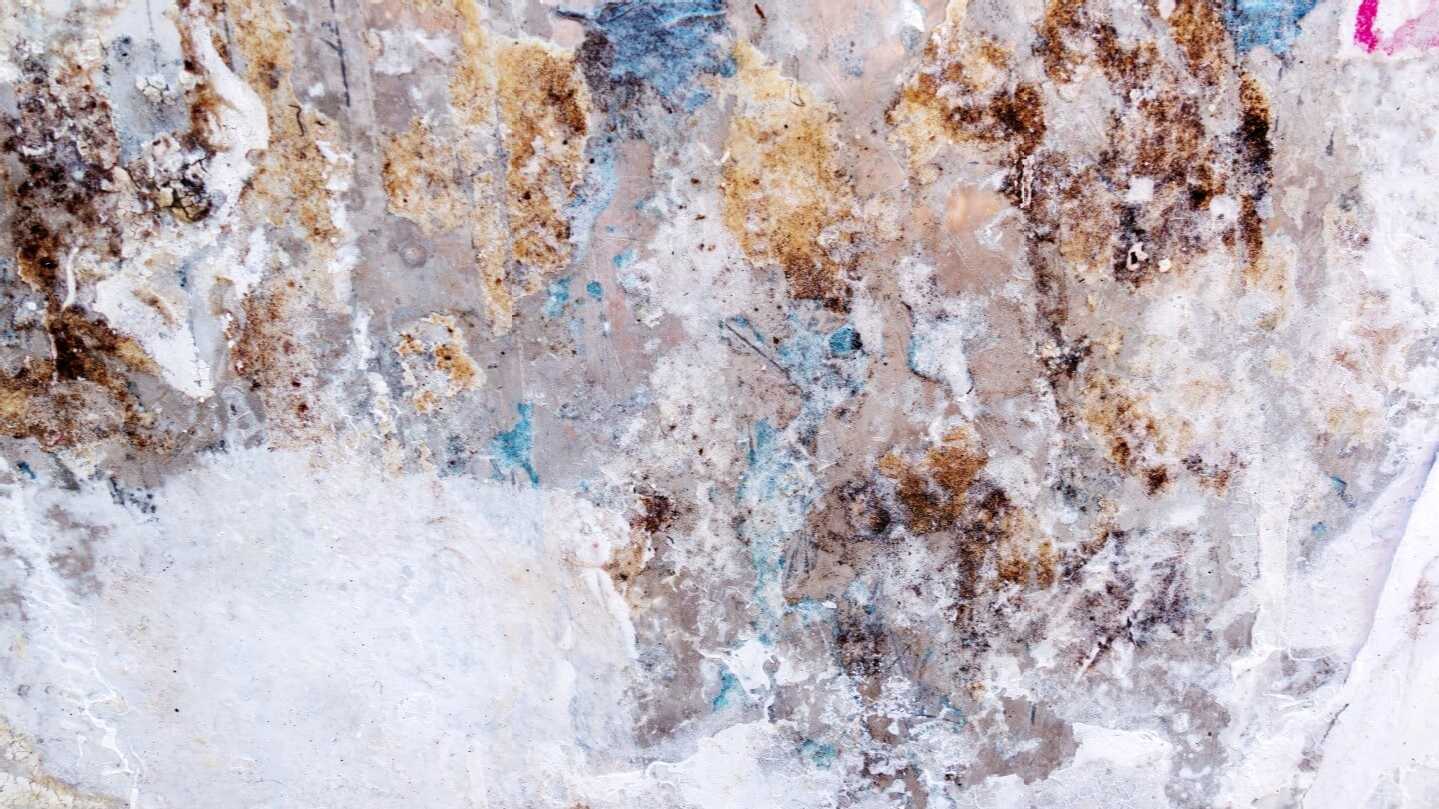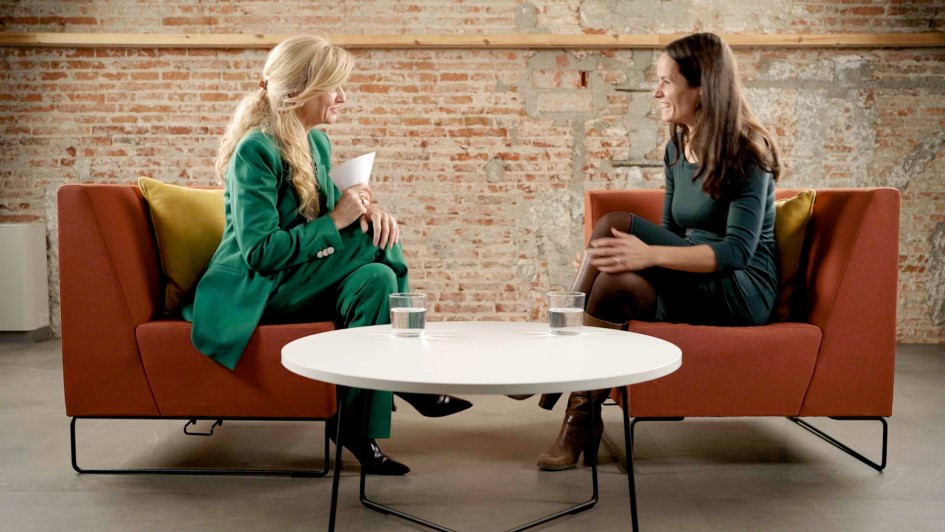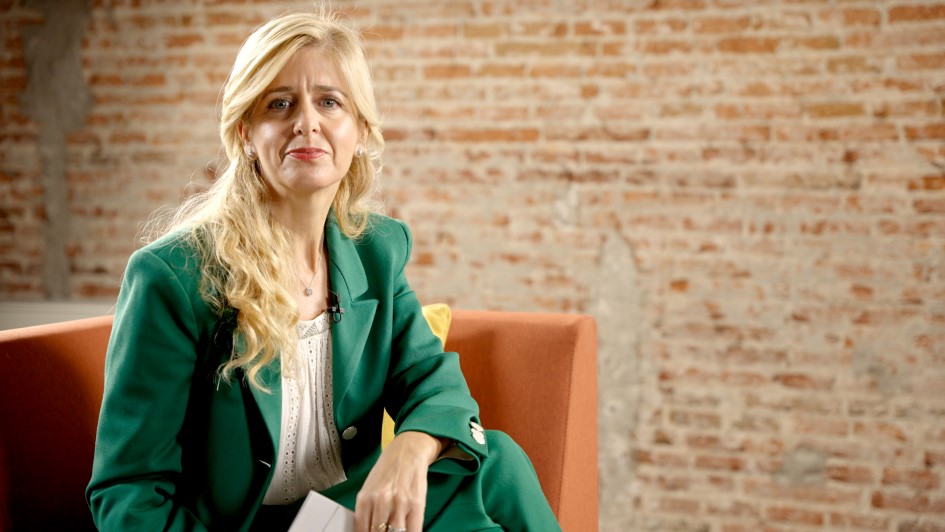We use first and third-party cookies for analytical and statistical purposes and to show you personalised advertisements based on a profile compiled from your browsing habits (e.g. pages visited). For more information, click on our Cookie Policy. You can accept all cookies by pressing 'Accept', you can reject all cookies by pressing 'Reject', or you can customize your choice by pressing 'Manage'.

Circular Economy PERTE: “Calls for projects in textiles, plastics, batteries and renewables are set to arrive soon”.
Calls for the three main sectors involved: textiles and fashion, the plastics industry and capital goods for renewable energies (batteries, solar panels and wind turbines).
Emma Montserrat, European Union Fund Manager and Deputy Assistant Managing Director at Bankinter, talks in this interview with Alba Sánchez Navas, Strategy Expert Leader at FI Group, about the Circular Economy PERTE.
Bankinter offers advice and financing to its customers to access the Next Generation grants in collaboration with FI Group, a consultancy dedicated to the management of European funds, which employs 720 consultants specialising in this type of funding.

Emma Montserrat: Hello, Alba, thank you for helping us to learn more about this Strategic Project for Economic Recovery and Transformation (PERTE). We start with the basics: What is the Circular Economy PERTE?
Alba Sánchez: This is the great response of Next Generation funds to launch the National Circular Economy Strategy. Spain has already set targets for 2050 to comply with circularity in the production structure. And that strategy starts strong thanks to this PERTE, which begins with a public injection of 492 million euros and aims to mobilise another 1.200 billion of private investment.
Emma Montserrat: There have been other PERTEs aimed at institutions, consortiums or public entities. Who can participate in this PERTE?
Alba Sánchez: It is mainly focused on private companies. Companies that have Circular Economy projects, from R&D to the materialisation of investments to carry them out.
Emma Montserrat: There are 492 million euros in direct aid. What is the main characteristic of this PERTE?
Alba Sánchez: It covers a wide spectrum of both possible sectors that may be beneficiaries of its actions, and the type of projects that can be financed. Until now there was no such instrument. Many projects lacked such a viable option for financing as the one offered by this PERTE.
Emma Montserrat: What should a company with a potentially eligible project consider in order to apply for the funds?
Alba Sánchez: Firstly, it must take account of the entire value chain that forms the circularity of any product and any of the sectors. If we want to go from a linear to a circular process, obviously, a project has to be based on who is first in the chain and who will be next. What the waste will be used for, or the origin of these raw materials. So, it is essential to agree with the other pieces of your puzzle to see if it is really feasible to carry out this project.
Emma Montserrat: A company that decides to submit to the call, what benefits can it get from this PERTE?
Alba Sánchez: Beyond the obvious benefits of any public call, in this case it will have very attractive financing because it is non-refundable. And the percentage of subsidy will be really high. Aside from the intrinsic benefits that are enhanced by the circular economy: reduce costs in the purchase of raw materials, reduce environmental impacts and reuse certain outputs of the production process by other companies, or by the company itself, to have additional benefits.
Emma Montserrat: The experience of recent months has already provided us with information on how the PERTEs work, especially the PERTE for electric vehicles, which has completed the circle of call for projects, submission and award. And it has shown that submitting a project is not a simple task. To what extent is it necessary to have specialised support for this PERTE?
Alba Sánchez: It is very necessary, basically for two reasons. First, it is a call for projects with a fairly high technical component, where you really have to determine whether the definition in the specifications of a circular economy project is reflected in the projects of the potential candidates for the funds. This is not easy; you have to really see whether it fits or not.
If it does, there is the second part. This PERTE has been allocated almost 500 million euros. It is a very good opportunity, the first in Spain to finance projects of this type. However, there will be projects with not enough funds. So, the more work is done on the project and the better drafted the technical reports, the more likely it is to be successful and get short-term financing.
Emma Montserrat: What other calls for projects may arise in addition to this PERTE?
Alba Sánchez: At the moment, there are not many opportunities. This is the first to finance this type of project. There are some European calls, but they are basically aimed at financing R&D projects. To finance the necessary investments there are still no other opportunities in sight. But the Circular Economy Strategy will remain in force after Next Generation and we trust that new mechanisms will be put into operation. Let's hope that the PERTE will set a precedent and become a wheel that continues to turn.
Emma Montserrat: The European Union plans to review some concepts on state aid to companies. Have there been changes in the applicable legislation that affect this PERTE?
Alba Sánchez: The truth is that no, Emma, this PERTE is set against the same scenario as before and we're playing by the same rules as usual.
Emma Montserrat: The most recent experience is the PERTE for the electric vehicle, and a new concept has come into our lives: consortiums. Will it be necessary from now on to submit to these calls together with other entities or companies and include the entire value chain in some way?
Alba Sánchez: In most cases, I believe that it will be necessary, because funds seek the greatest possible impact. The organisers want to make sure that the projects are going to be carried out and, in the end, a company lives in an ecosystem, in a sector; it does not live in isolation. Joining a consortium is really necessary. It may be that the consortium is the direct beneficiary of the subsidy, and several companies have to come to an agreement for the application; or it may be an individual submission, but in some way it must demonstrate that it will achieve that impact through agreements with other companies, which will inevitably be involved at some point in the life of the project.
Emma Montserrat: What are the differences between the different PERTE instruments?
Alba Sánchez: The main difference is the target sector. This PERTE has launched an initial cross-sector call (now ended) for projects in any sector, for 192 million euros. But in the second axis, for 300 million euros, the aim is to promote very specific sectors where specific technological challenges have been detected for which specific allocations have been reserved with their own calls for projects.
We will have shortly, in 2023, specific calls for textiles, for plastics, for the recycling of electric vehicle batteries and for the energy capital goods sector, the industry that manufactures solar panels and wind turbines.
Emma Montserrat: What are the PERTE's main objectives in line with the European plan for the Circular Economy?
Alba Sánchez: In all PERTE lines, regardless of the sector they are addressed to, 4 main objectives are pursued: reduction of the use of raw materials, ecodesign, treatment of waste generated throughout the production chain and, finally, digitalisation, for better traceability of waste throughout the entire value chain.
Emma Montserrat: How mature must projects be to be presented to the PERTE? Is it aimed at R&D projects, for example?
Alba Sánchez: Circular economy projects have to be very mature. The advantage of these calls for projects is that you can carry out some R&D actions that are still necessary, because we still lack the appropriate technological solution in some processes, and which will inevitably end in implementation: they must be very, very close to the market.
Emma Montserrat: How should companies face the next sectoral calls for Circular Economy PERTE?
Alba Sánchez: Basically, they should focus on identifying both the initial part of the production process, to identify where there are projects to reduce raw materials or improve the ecodesign of the process inputs, determine whether it is possible to make some improvements, if there are already projects with a relevant budget that they want to carry out over the next few years. And the other side of the coin: waste. Analyse what waste is being generated, if there really is a potential to reuse, recycle and give it a second life in some cases.
Emma Montserrat: Lastly, when are the next instruments expected?
Alba Sánchez: Shortly. There have been some delays, but during the first quarter of 2023, the first half at the latest, all the sectoral lines will be put into operation: textiles, plastic, renewable energy and battery recycling. They're coming soon.

At Bankinter we are prepared to join companies on this journey, hand in hand with the FI Group.

